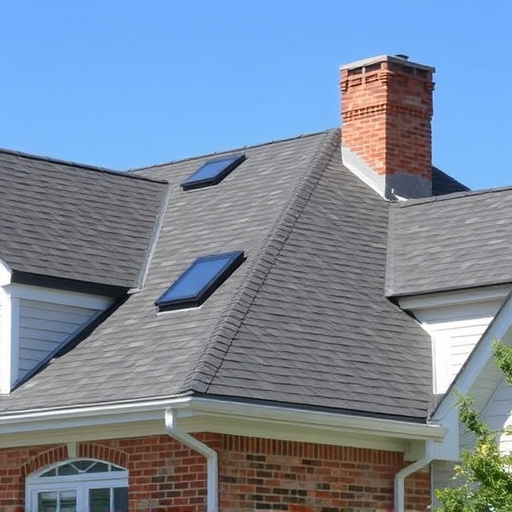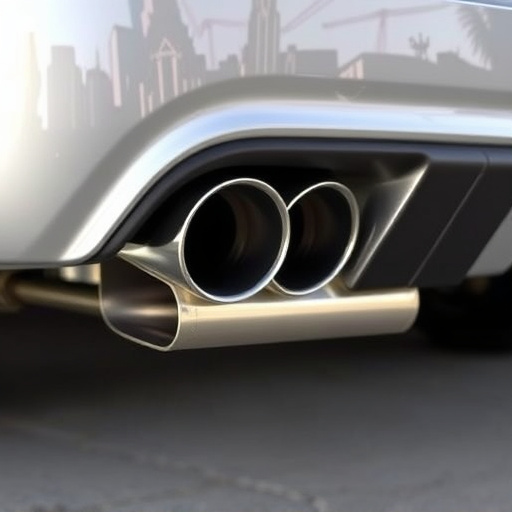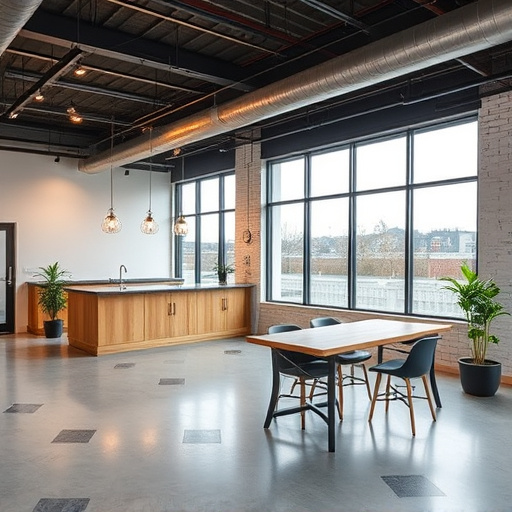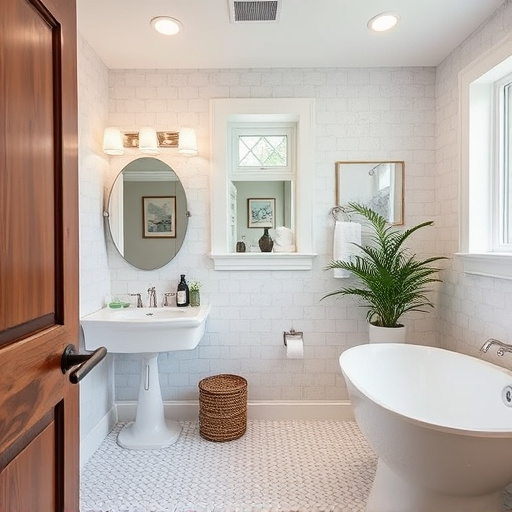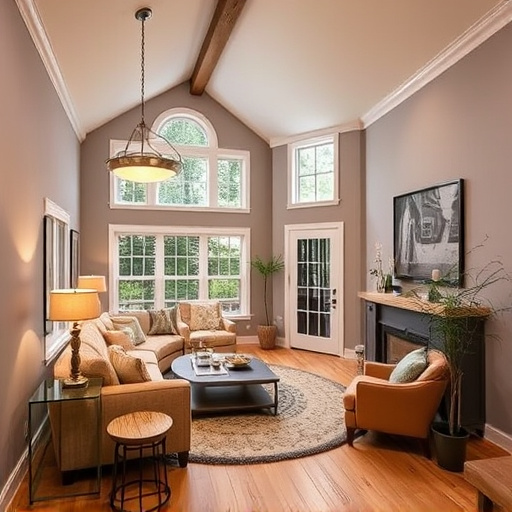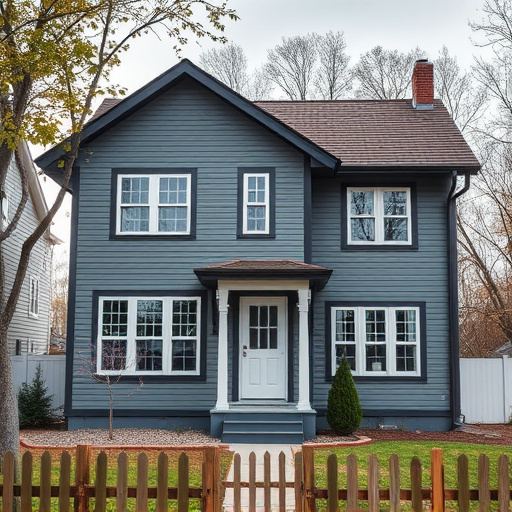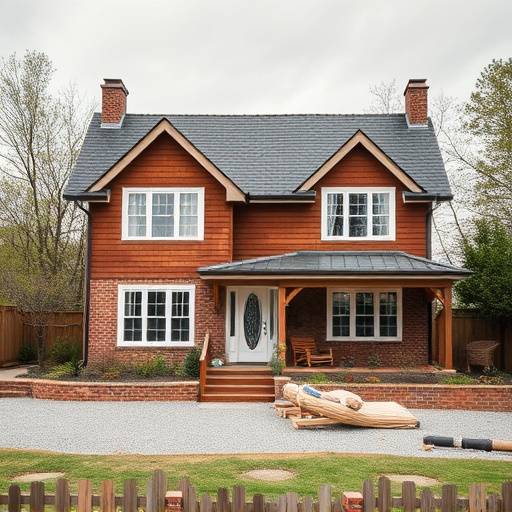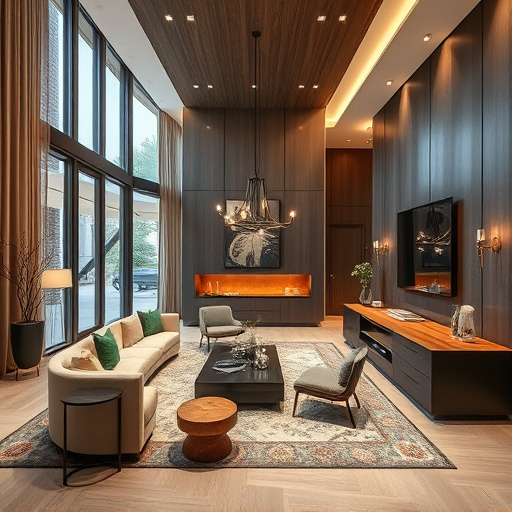The construction design industry is rapidly moving towards sustainability due to a growing global awareness of environmental issues. This shift prioritizes reducing carbon footprints, lowering operational costs for homeowners, and creating healthier living spaces. Key trends include integrating renewable energy sources, efficient materials like bamboo and recycled steel, and smart technologies in projects ranging from kitchen remodels to whole-house renovations. This movement fosters innovation, promises long-term cost savings, and contributes to global sustainability goals, ensuring future buildings are both eco-friendly and aesthetically pleasing.
The future of construction design is being reshaped by a confluence of trends, driven by global awareness of environmental issues, technological advancements, and innovative building practices. As the world navigates towards sustainable urban development, construction design embraces eco-friendly practices with green materials, energy efficiency, and renewable sources. Technological integration through BIM, VR/AR, IoT, and digital twins is revolutionizing every stage from planning to maintenance. Additionally, innovative materials and modular construction techniques offer faster project delivery, customization, and adaptability. This article explores these trends, highlighting their impact on the global construction design landscape.
- Sustainable and Eco-Friendly Practices:
- – Rising global awareness of environmental issues
- – Incorporation of green materials and technologies
Sustainable and Eco-Friendly Practices:
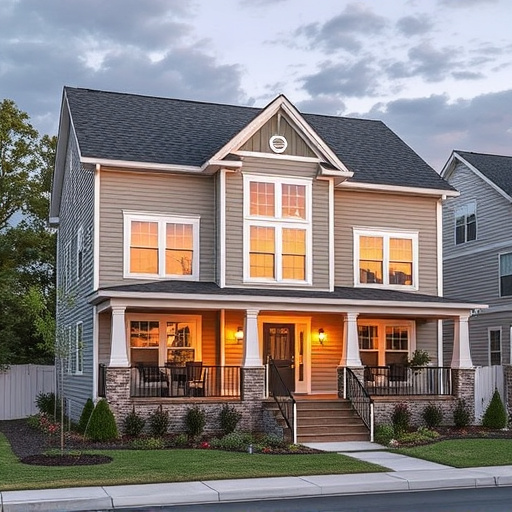
The construction design industry is increasingly embracing sustainable and eco-friendly practices, reflecting a global push for greener buildings and infrastructure. This shift is driven by growing environmental awareness and stringent regulatory measures aimed at reducing the sector’s carbon footprint. Developers and architects are now integrating renewable energy sources, efficient insulation materials, and smart technologies into their projects to minimize resource consumption and waste generation. These trends extend beyond new constructions; renovation services and customized home renovations are also undergoing a sustainable transformation, with many homeowners opting for environmentally conscious kitchen remodels that prioritize energy-saving appliances, natural lighting, and locally sourced materials.
The adoption of such practices offers multiple benefits, from lowering operational costs for building owners to contributing to broader sustainability goals. As the demand for eco-friendly construction design continues to rise, innovation in this space is expected to accelerate, paving the way for more sustainable communities and a greener future worldwide.
– Rising global awareness of environmental issues
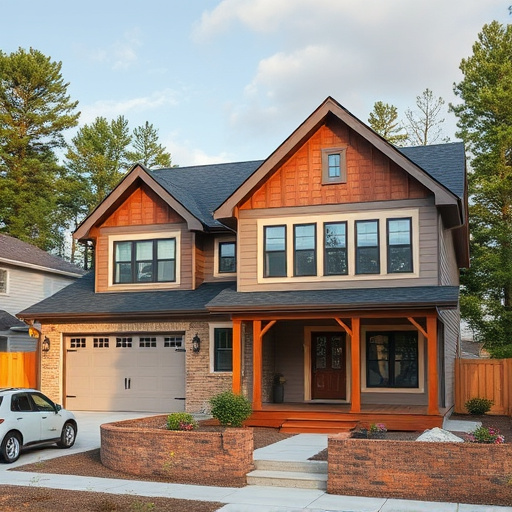
As global awareness of environmental issues continues to rise, the construction design industry worldwide is undergoing a significant shift. There’s a growing emphasis on sustainability and eco-friendly practices, with architects and designers incorporating green technologies and materials into their projects. This trend isn’t just about reducing carbon footprints; it’s also driven by the desire to create healthier living spaces and reduce long-term operational costs for homeowners.
This change is evident in various construction sectors, including home renovation and whole house remodels, as well as bathroom renovations. Designers are increasingly opting for renewable energy sources, smart building systems, and sustainable materials like bamboo, recycled steel, and energy-efficient windows. This move towards environmentally conscious design promises not only to mitigate the industry’s impact on the planet but also to offer future homeowners more efficient, cost-effective, and aesthetically pleasing living environments.
– Incorporation of green materials and technologies
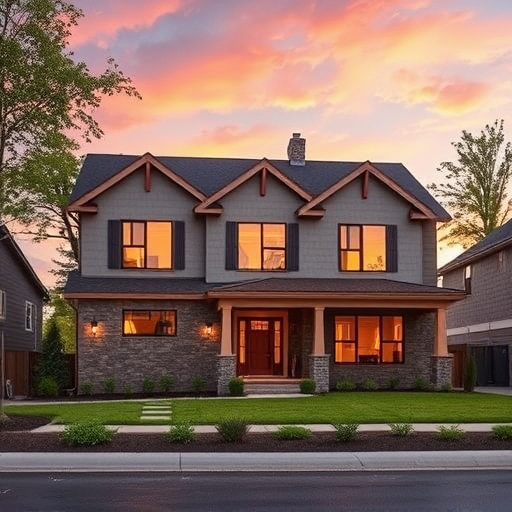
The construction industry is undergoing a significant transformation as global trends lean towards sustainable and eco-friendly practices. One prominent shift is the increasing use of green materials and technologies in construction design, reflecting a growing awareness of environmental conservation. This trend not only promises a healthier planet but also offers long-term cost savings for builders and homeowners alike. Incorporating renewable resources like bamboo, recycled steel, and energy-efficient windows into building structures reduces the carbon footprint associated with traditional construction methods.
As the demand for sustainable living spaces grows, this shift is not just limited to new constructions but also permeates the realm of residential renovations and home additions. Even exterior painting projects are now seen as opportunities to enhance a property’s environmental friendliness by choosing low-VOC (volatile organic compound) paints. These innovations are revolutionizing the construction design landscape, ensuring that future buildings are designed with both aesthetics and sustainability in mind.
As we look ahead, the future of construction design is defined by a commitment to sustainability and innovation. Global trends in eco-friendly practices, driven by heightened environmental consciousness, are reshaping how we build. The integration of green materials and advanced technologies not only minimizes the industry’s ecological footprint but also opens doors to more efficient, resilient, and aesthetically pleasing structures. This paradigm shift in construction design promises a brighter, more sustainable future for both builders and the planet.
